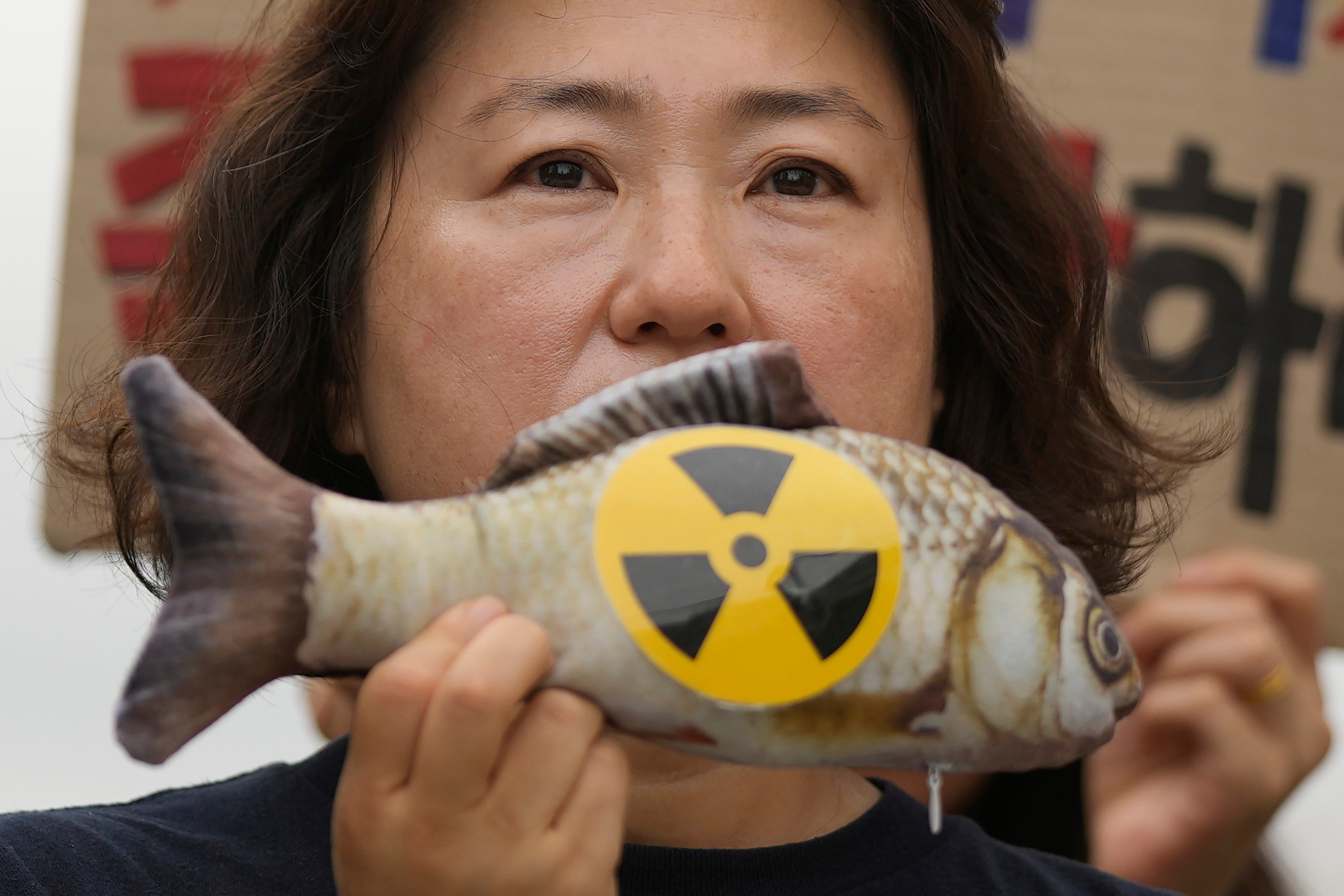Drone crashes into wrecked Fukushima nuclear reactor in first study of molten core

Your support helps us to tell the story
From reproductive rights to climate change to Big Tech, The Independent is on the ground when the story is developing. Whether it's investigating the financials of Elon Musk's pro-Trump PAC or producing our latest documentary, 'The A Word', which shines a light on the American women fighting for reproductive rights, we know how important it is to parse out the facts from the messaging.
At such a critical moment in US history, we need reporters on the ground. Your donation allows us to keep sending journalists to speak to both sides of the story.
The Independent is trusted by Americans across the entire political spectrum. And unlike many other quality news outlets, we choose not to lock Americans out of our reporting and analysis with paywalls. We believe quality journalism should be available to everyone, paid for by those who can afford it.
Your support makes all the difference.A drone small enough to fit in someone’s hand flew inside one of the damaged reactors at the wrecked Fukushima Daiichi nuclear power plant on Wednesday.
The study hopes to examine some of the molten fuel debris in areas where earlier robots failed to reach.
Tokyo Electric Power Company Holdings also began releasing the fourth batch of the plant’s treated and diluted radioactive waste water into the sea on Wednesday.
The government and TEPCO, the plant's operator, say the water is safe and the process is being monitored by the International Atomic Energy Agency, but the discharges have faced strong opposition by fishing groups, as well as a Chinese ban on Japanese seafood.
A magnitude 9.0 quake and tsunami in March 2011 destroyed the plant's power supply and cooling systems, causing three reactors to melt down. The government and TEPCO plan to remove the massive amount of fatally radioactive melted nuclear fuel that remains inside each reactor — a daunting decommissioning process that's already been delayed for years and mired by technical hurdles and a lack of data.
To help fill in that data, a fleet of four drones were set to fly one at a time into the hardest-hit No. 1 reactor’s primary containment vessel.

TEPCO has sent a number of probes — including a crawling robot and an underwater vehicle — inside each of the three reactors, but got hindered by debris, high radiation and inability to navigate them through the rubble, though they were able to gather some data in recent years.
In 2015, the first robot to go inside the reactor got stuck on a grate. Some helpful information came from the mission, but the crawling robot had to be abandoned.
Wednesday’s drone flight comes after months of preparations and training that began in July at a nearby mockup facility outside of the plant.
The drones, each weighing only 185 grams (6.5 ounces), are highly maneuverable and the blades hardly stir up dust, making it a popular model for factory safety checks. It's nearly a square of about 18 centimeters (7 inches) on both sides, 5 centimeters (2 inches) thick, and carries a front-loaded high definition camera to send live video and a higher-quality images to an operating room.
In part due to battery life, the drone investigation inside of the reactor is limited to a 5-minute flight each.

TEPCO officials said they plan to use the new data to develop technology for future probes as well as a process to remove the melted fuel from the reactor in the coming years. The data will also be used in the investigation of how exactly the 2011 meltdown occurred.
First, two drones were to inspect the area around the exterior of the main structural support in the vessel, called the pedestal, before deciding if the other two could be sent inside to the area previous probes could not reach.
The pedestal is directly under the reactor’s core. Officials hope to film the core’s bottom to find out how overheated fuel dripped there in 2011.
About 880 tons of highly radioactive melted nuclear fuel remain inside the three damaged reactors. Critics say the 30- to 40-year cleanup target set by the government and TEPCO for Fukushima Daiichi is overly optimistic. The damage in each reactor is different, and plans need to be formed to accommodate their conditions.
TEPCO's goal is to remove a small amount of melted debris from the least-damaged No. 2 reactor as a test case by the end of March by using a giant robotic arm, but was forced to delay due to difficulty removing a deposit blocking its entry. That monthslong postponement comes in addition to its already nearly two-year delay, underscoring the difficulty and uncertainty of the decommissioning process.